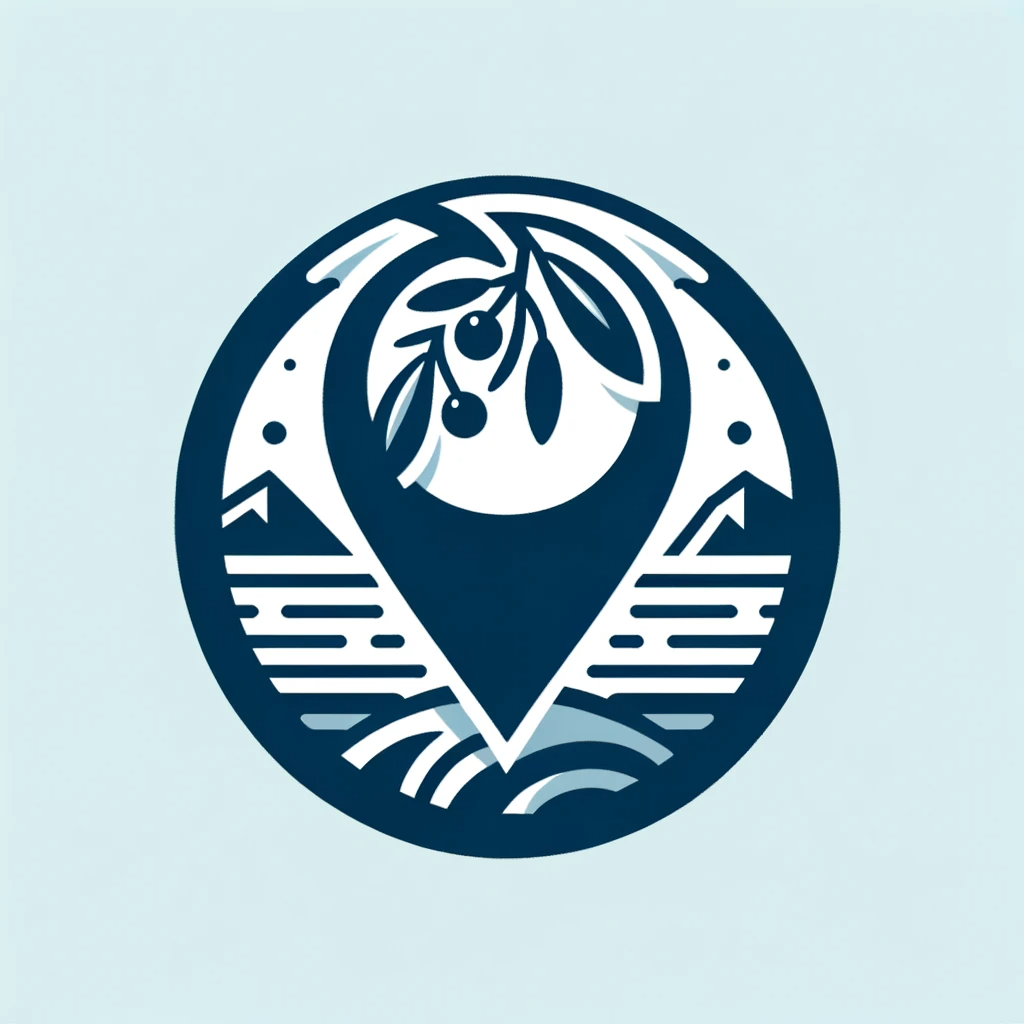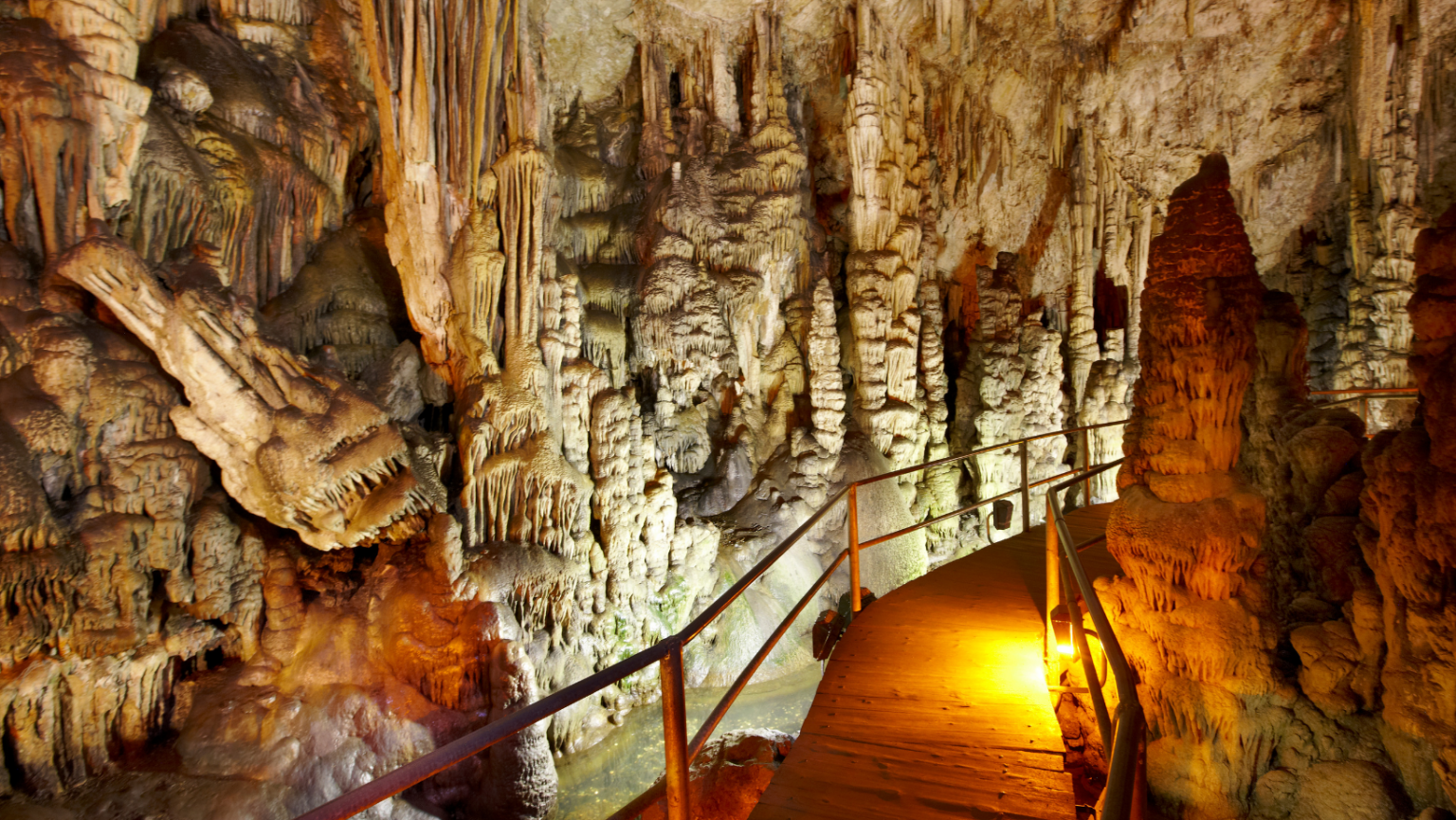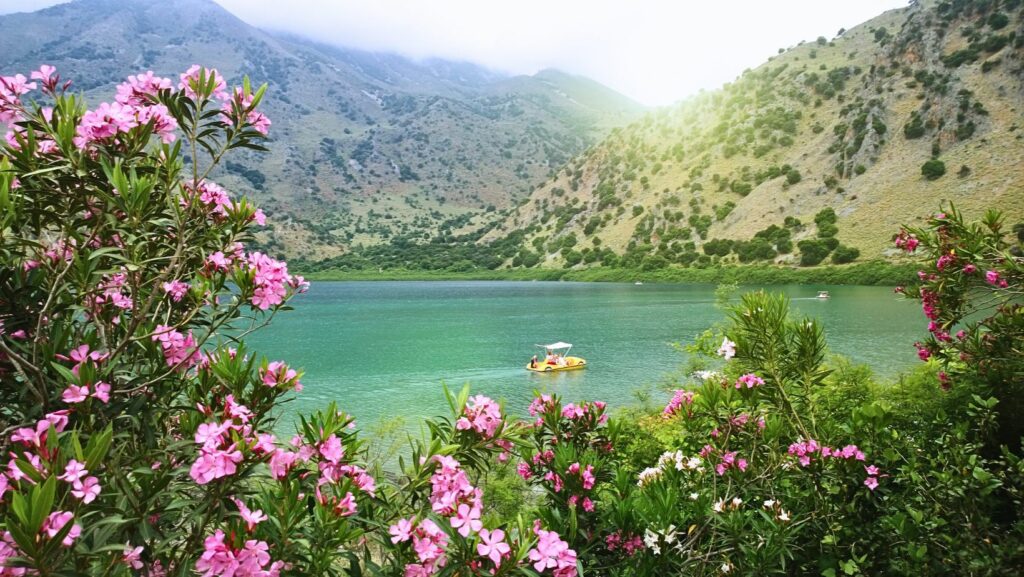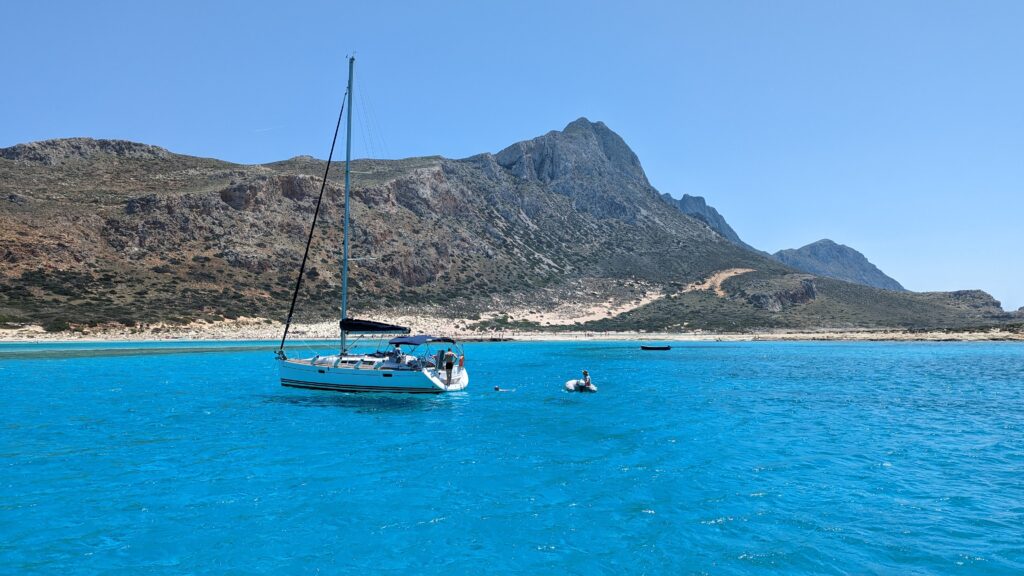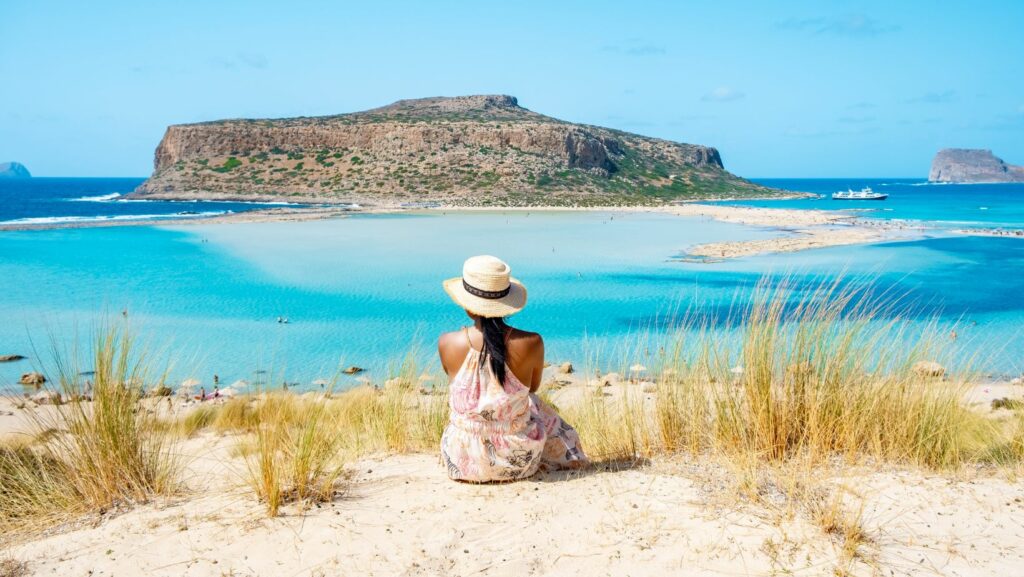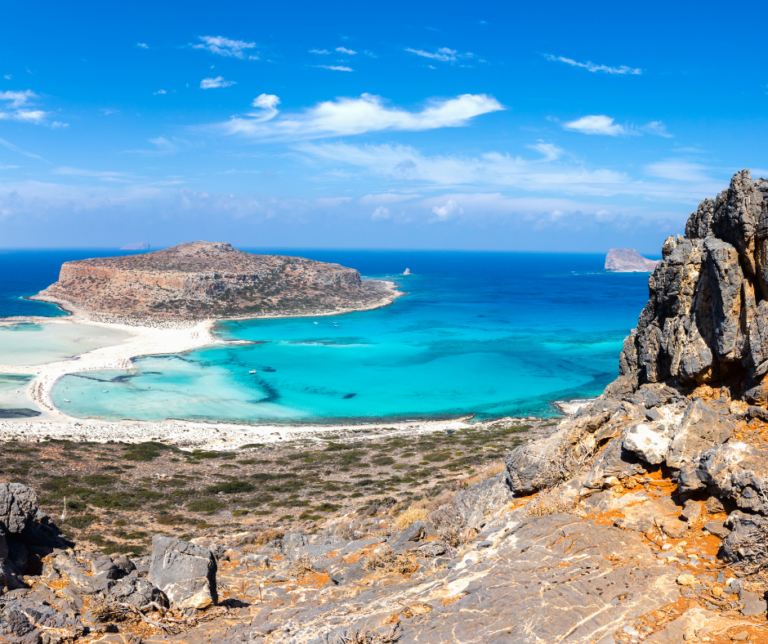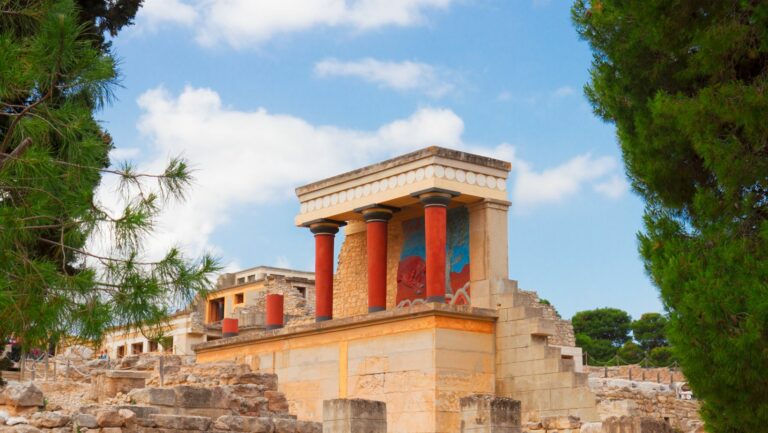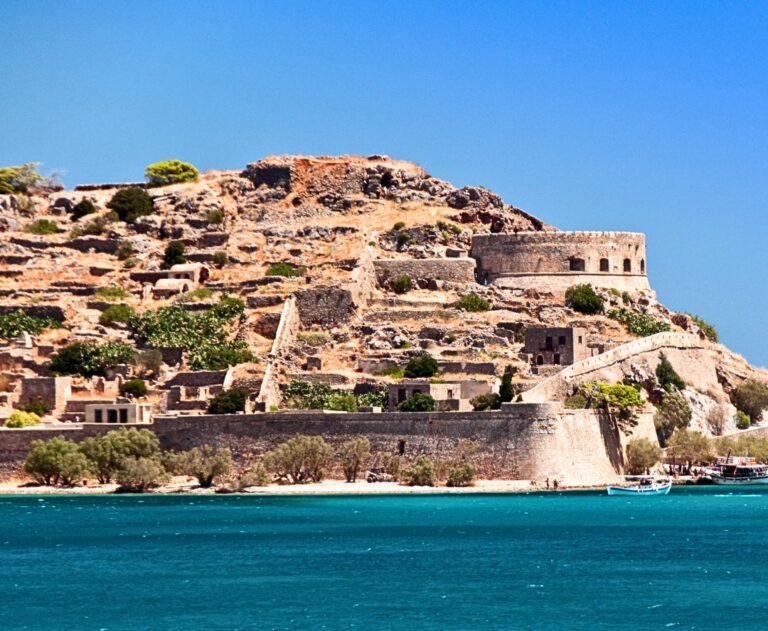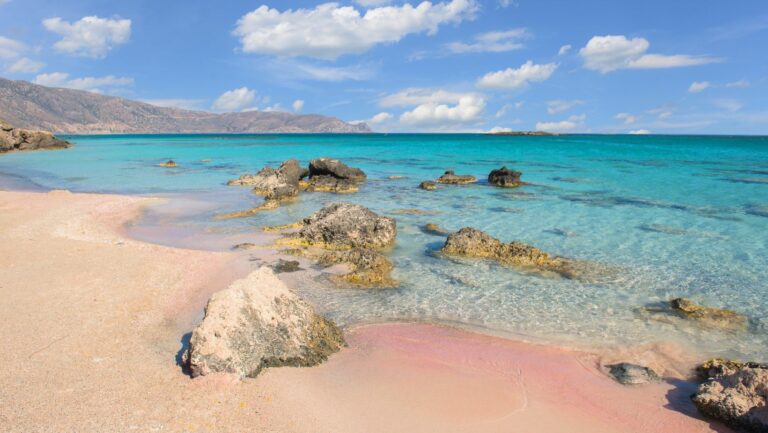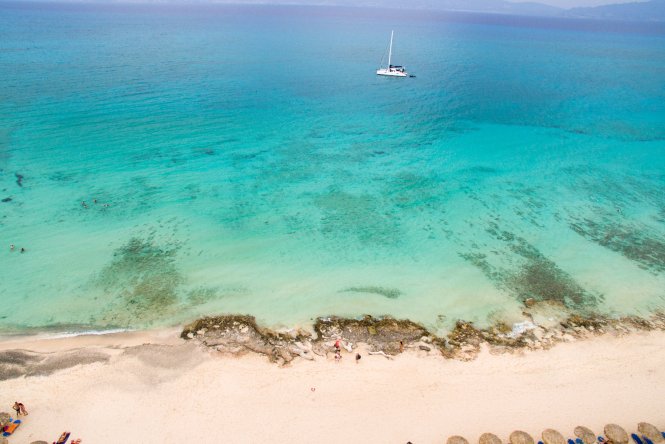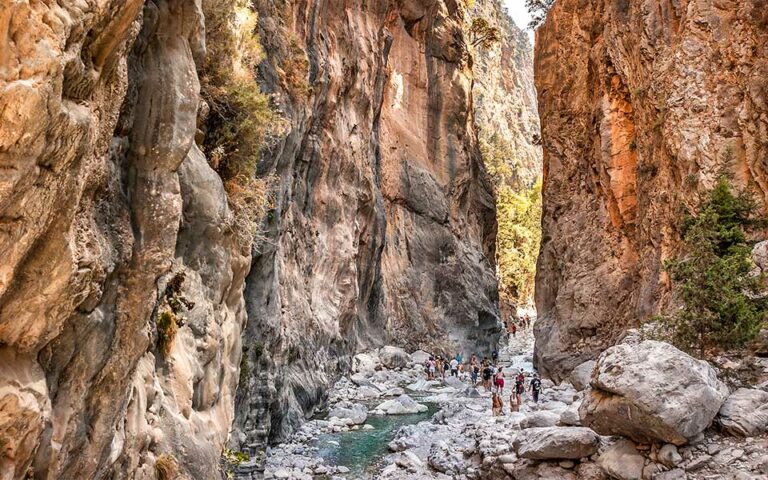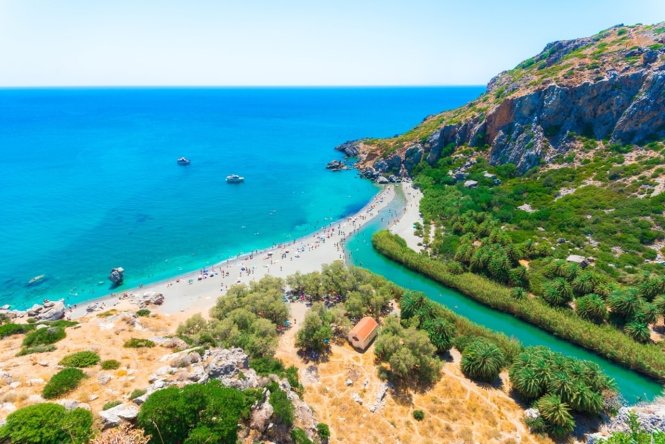Where Was Zeus Born? Unveiling the Mystery with 2 Majestic Cretan Caves Claiming the Honor
- Posted 10 months ago
- History of Crete
Table of Contents
Where was Zeus Born? The story of the birthplace of Zeus, the king of the gods in Greek mythology, captures the imagination with its dramatic and intense narrative. The rich tapestry of Greek mythology, woven with tales of gods, heroes, love, war, power, and deceit, has fascinated the world for centuries, and the saga of Zeus stands out as particularly enthralling.
Nestled within the rugged mountains of Crete, two caves – the Dikteon Cave and the Ideon Cave – compete for the distinction of being his birthplace. This blog post will investigate both of these sites, delving into their historical importance, geological features, and the attractions they offer for tourists.
The Dikteon Cave: Where Was Zeus Born

Often associated with the Psychro Cave, the Dikteon Cave is located high in the Dicte mountain range at 1,025 meters. Discovered in 1883 by local villagers, it soon attracted archaeologists, including Arthur Evans, the renowned excavator of Knossos.
The cave entrance, a rock shelter roughly 35 meters wide and 16 meters deep, was part of an ancient sacred precinct. The cave itself extends down to a lower area with several chambers and a small lake, with stalactites dripping water into the cool interior. Modern stairs and scaffolding now allow visitors easy access to explore this mysterious place, possibly the place where was Zeus born – the greatest Greek god.
Unveiling the Mysteries of the Dikteon Cave: An Archaeological Treasure in Crete
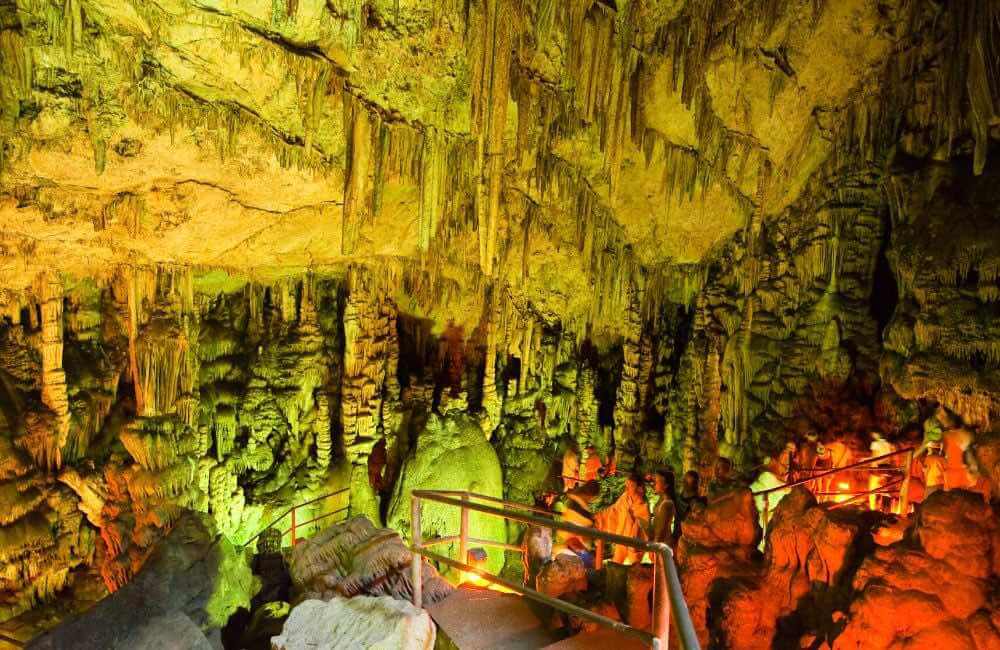
The Dikteon cave, a site of worship from the Minoan to the Roman Era, has revealed signs of human presence dating back to the Neolithic Period through archaeological excavations. It served as a significant religious centre in antiquity, drawing individuals eager to present offerings to Zeus and potentially other deities. The cave saw its peak during the Minoan Era, underpinning its historical importance. Among the discovered artefacts are ceramics, figurines, weapons, jewels, grains, needles, and Linear A tablets. However, many objects were lost due to looting, with the remaining finds now housed in the Archaeological Museum of Heraklion and other museums.
In 1883, the cave was rediscovered after being lost to time, sparking several years of exploration and excavations to uncover its archaeological value. Visitors today can reach the cave via a 15-minute walk on a stone-paved path. The entrance hosts an ancient altar and rock formations inhabited by birds and bats. Further inside, visitors can explore other halls featuring a lake and stunning stalactites and stalagmites, all dramatically illuminated.
The stalactite known as the “cloak of Zeus” is a prime attraction, albeit worn down over time due to touching. The cave is open from 08:00 to 18:00 in summer and 08:30 to 15:30 in winter. Entrance tickets cost €6, with students admitted for free and a 50% discount available to all visitors during the winter season.
Ideon Cave: Cradle of the King of the Gods
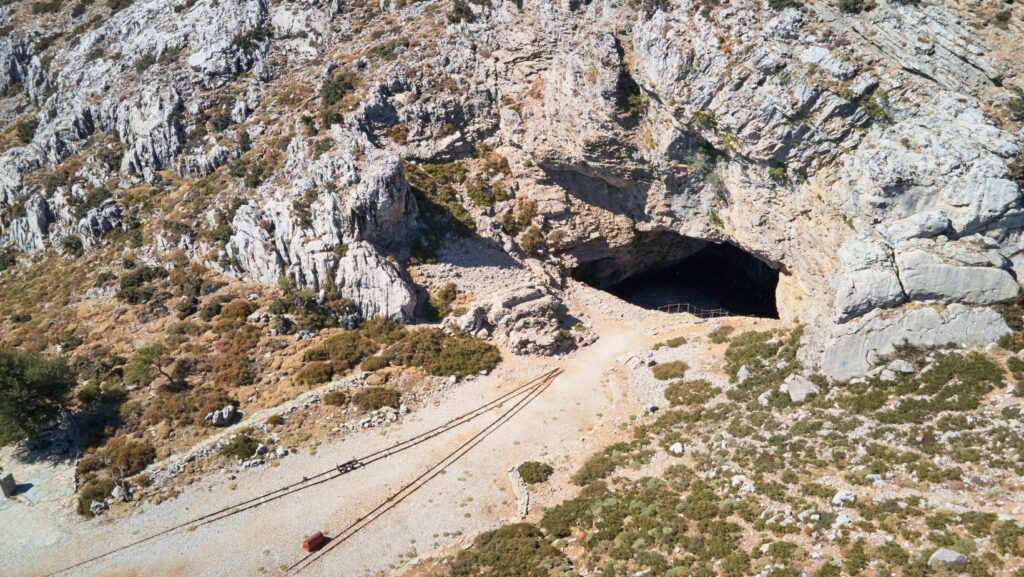
Perched on the slopes of Mt. Psiloritis, or Mt. Ida, Crete’s highest mountain, the Ideon Cave is another contender for the place where was Zeus born. Located 20 kilometres from the village of Anogia, the cave is set dramatically at 1,498 meters above sea level.
According to mythology, Zeus was hidden in this cave by his mother Rhea to protect him from his father Kronos, who had received a prophecy that one of his children would overthrow him. Zeus was nurtured by mythical caregivers in the cave and eventually fulfilled the prophecy, taking his place as the head of the gods.
Exploring the Surroundings of Ideon Cave
As part of the National Park of Mt. Psiloritis, Ideon Cave is nestled in a unique geological landscape teeming with diverse rock formations, fossilized corals, and remnants of the ancient Tethys Ocean. Visitors can embark on challenging hikes through the Platania Gorge or take a more leisurely route along the Mygias trail, enjoying the sight of steep cliffs and magnificent oaks.
Discovering Beaches Near Ideon Cave

After immersing oneself in mythology and geology, one can unwind on Crete’s beautiful beaches. Matala, renowned for its pure waters and striking cliffs, and Agia Galini, a charming beach town with lovely tavernas, are located on the south coast. On the north coast, visitors can enjoy Amoudara’s soft sand beach and the excellent tavernas at Fodele beach.
The Cretan Environment and Wildlife Around the Caves

In addition to their archaeological and mythological significance, both the Dikteon and Ideon caves are surrounded by the rich Cretan environment, teeming with unique flora and fauna. Here, visitors are not only stepping into the realm of ancient Greek mythology but also immersing themselves in Crete’s captivating natural world. The mountainous region is home to a variety of endemic plants and wildlife, including the kri-kri, a wild goat native to Crete. Observing these unique species in their natural habitat adds an extra dimension to the cave exploration experience.
Culinary Delights of Crete

After a day of cave exploration and hiking, visitors will find an abundance of culinary delights in Crete. The Cretan cuisine is renowned for its health benefits and rich flavours, rooted in the Mediterranean diet. Local tavernas serve a variety of dishes prepared with fresh, locally sourced ingredients. Signature dishes include dakos, a rusk topped with ripe tomatoes, mizithra cheese and olive oil, and lamb cooked with stamnagathi, a wild green unique to the island. Pair your meal with a glass of raki, a traditional Cretan spirit, to end your day on a delicious note.
The Cultural Significance of Zeus’s Birthplace
Ultimately, the significance of the Dikteon and Ideon caves extends beyond their potential as the place where was Zeus born. They represent an important part of Greek cultural heritage, reflecting the beliefs, values, and creativity of an ancient civilization that continues to fascinate us today. Whether you’re intrigued by the powerful myth of Zeus’s birth, the impressive geological formations, or the captivating archaeological finds, a visit to these caves provides a unique opportunity to connect with history. The echoes of the past that resound within these caves remind us of our shared human journey and the enduring power of myth and storytelling.
The Legacy of Zeus
Where Was Zeus Born? The tale of Zeus’ birth, marked by danger and intrigue, highlights his significance and power within Greek mythology. This story exemplifies the quintessential elements of Greek lore – a fusion of divine action and mortal resolve. Both caves vying for the honor of being Zeus’ birthplace provide a captivating excursion into ancient Greece. For history buffs, mythology fans, or keen explorers, exploring these caves offers an enchanting journey.
Share your thoughts!
You might be also interested
There are no results matching your search.
ResetThe Top 8 Things to Do in Crete



- From
- €31.45


- From
- €30.6


There are no results matching your search.
Reset